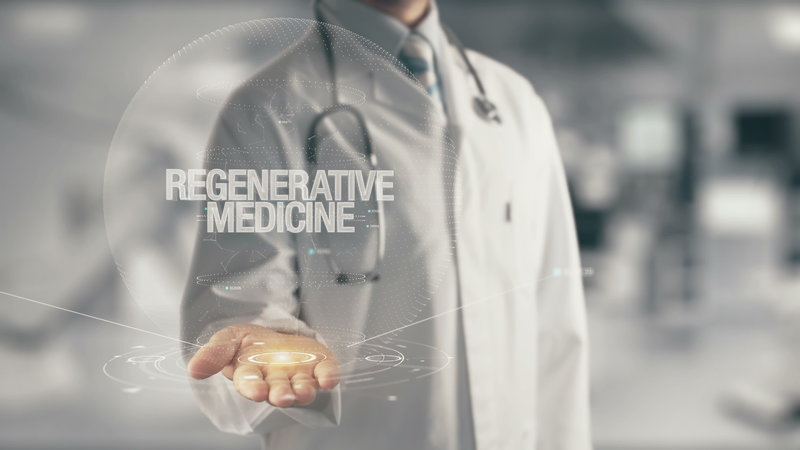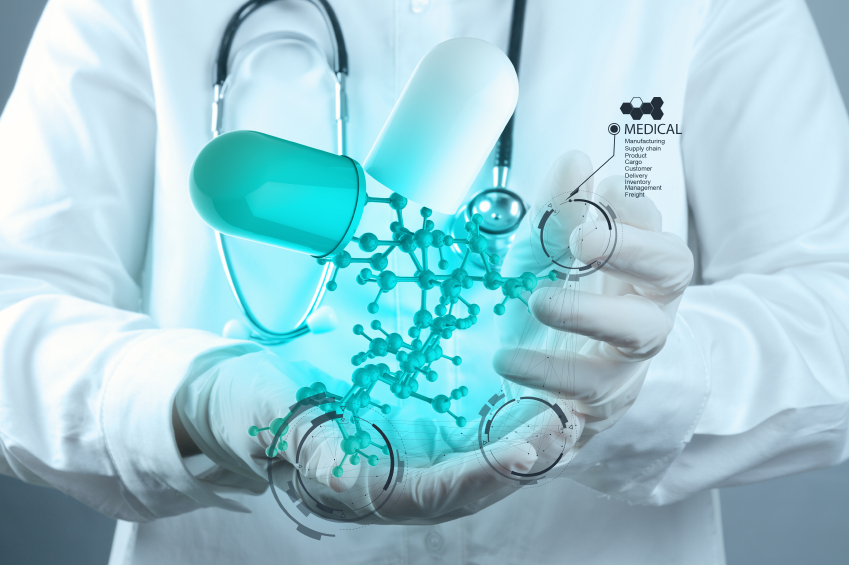Regenerative Medicine Specialist
To date, regenerative medicine has led to new, FDA-approved therapies being used to treat a number of pathologies by regenerative medicine Specialist. Considerable research has enabled the fabrication of sophisticated grafts that exploit properties of scaffolding materials and cell manipulation technologies for controlling cell behavior and repairing tissue. These scaffolds can be molded to fit the patient’s anatomy and be fabricated with substantial control over spatial positioning of cells by regenerative medicine Specialist. Strategies are being developed to improve graft integration with the host vasculature and nervous system, particularly through controlled release of growth factors and vascular cell seeding, and the body’s healing response can be elicited and augmented in a variety of ways, including immune system modulation. New cell sources for transplantation that address the limited cell supply that hampered many past efforts are also being developed.
A number of issues will be important for regenerative medicine specialist Doctors for the advancement of regenerative medicine as a field. First, stem cells, whether isolated from adult tissue or induced, will often require tight control over their behavior to increase their safety profile and efficacy after transplantation. The creation of microenvironments, often modeled on various stem cell niches that provide specific cues, including morphogens and physical properties, or have the capacity to genetically manipulate target cells, will likely be key to promoting optimal regenerative responses from therapeutic cells. Second, the creation of large engineered replacement tissues will require technologies that enable fully vascularized grafts to be anastomosed with host vessels at the time of transplant, allowing for graft survival. Thirdly, creating a proregeneration environment within the patient may dramatically improve outcomes of regenerative medicine strategies in general. An improved understanding of the immune system’s role in regeneration may aid this goal, as would technologies that promote a desirable immune response. A better understanding of how age, disease state, and the microbiome of the patient affect regeneration will likely also be important for advancing the field in many situations. Finally, 3D human tissue culture models of disease may allow testing of regenerative medicine approaches in human biology, as contrasted to the animal models currently used in preclinical studies. Increased accuracy of disease models may improve the efficacy of regenerative medicine strategies and enhance the translation to the clinic of promising approaches.
Since tissue engineering and regenerative medicine emerged as an industry about two decades ago, a number of therapies have received Food and Drug Administration (FDA) clearance or approval and are commercially available. The delivery of therapeutic cells that directly contribute to the structure and function of new tissues is a principle paradigm of regenerative medicine to date . The cells used in these therapies are either autologous or allogeneic and are typically differentiated cells that still maintain proliferative capacity. For example, Carticel, the first FDA-approved biologic product in the orthopedic field, uses autologous chondrocytes for the treatment of focal articular cartilage defects. Here, autologous chondrocytes are harvested from articular cartilage, expanded ex vivo, and implanted at the site of injury, resulting in recovery comparable with that observed using microfracture and mosaicplasty techniques. Other examples include laViv, which involves the injection of autologous fibroblasts to improve the appearance of nasolabial fold wrinkles; Celution, a medical device that extracts cells from adipose tissue derived from liposuction; Epicel, autologous keratinocytes for severe burn wounds; and the harvest of cord blood to obtain hematopoietic progenitor and stem cells. Autologous cells require harvest of a patient’s tissue, typically creating a new wound site, and their use often necessitates a delay before treatment as the cells are culture-expanded. Allogeneic cell sources with low antigenicity for example, human foreskin fibroblasts used in the fabrication of wound-healing grafts (GINTUIT, Apligraf) allow off-the-shelf tissues to be mass produced, while also diminishing the risk of an adverse immune reaction.

